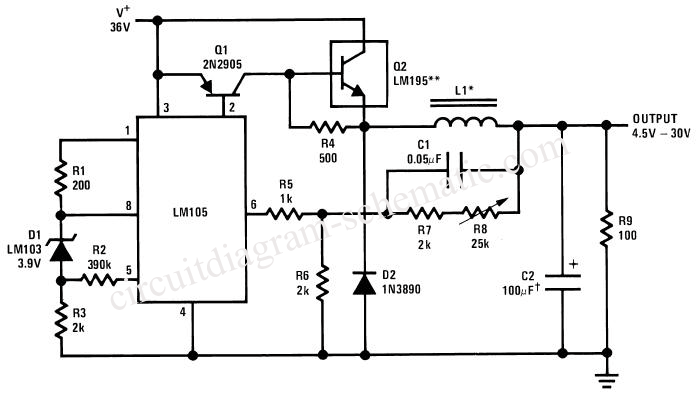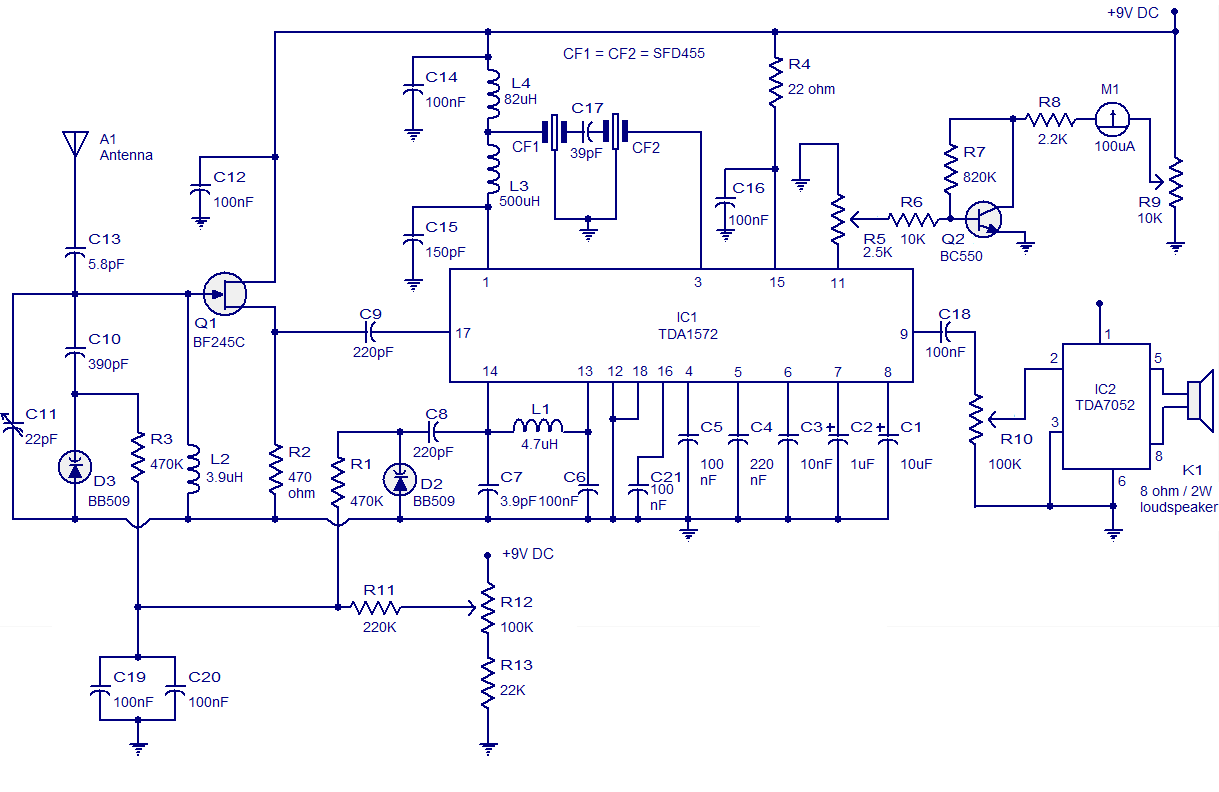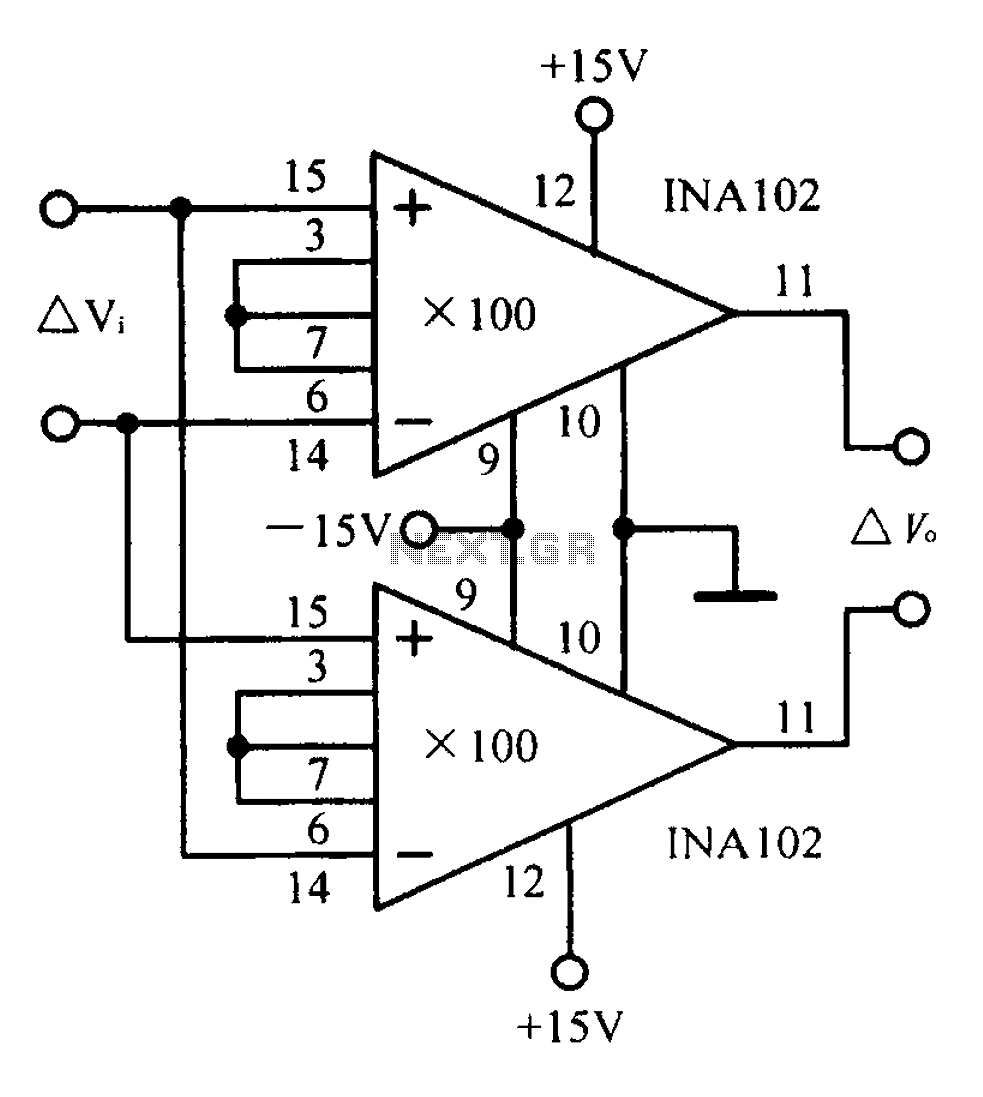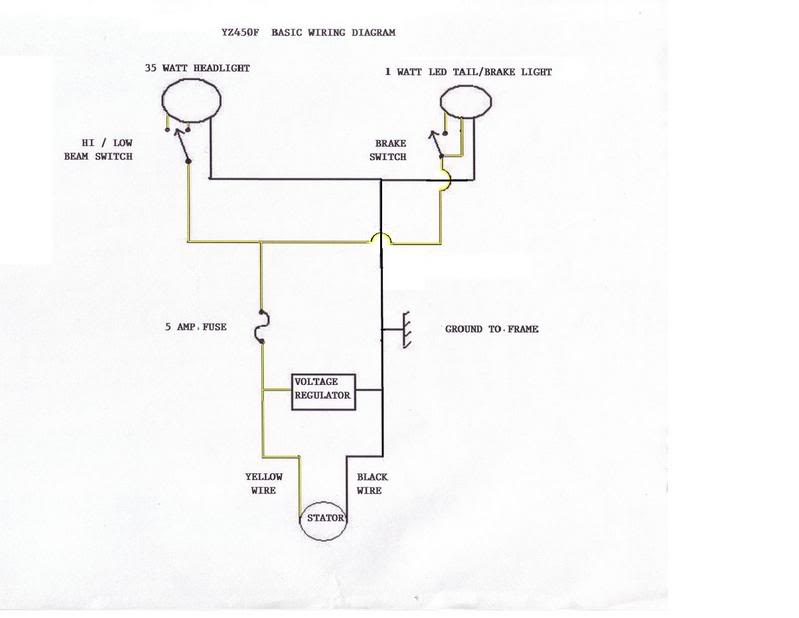
Job Analysis push-pull output
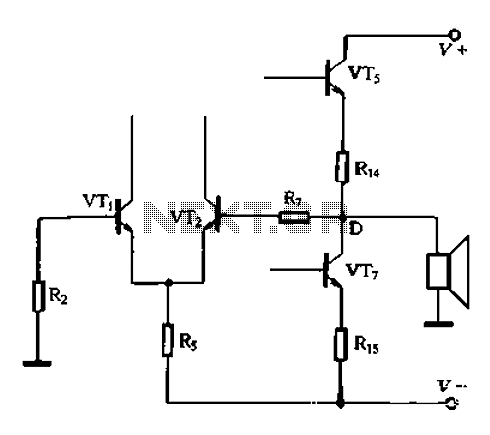
A, B, and C represent indirect person capacitance. The new access capacitor C is known as the bootstrap capacitor. The self-bootstrap capacitor can increase the voltage at point A. When static, Vi = 0V, the midpoint voltage VD is V +/2, the B-point voltage VB is VD + V +/2, and the A-point voltage is V + a VR. The bootstrap capacitor C, located at point A, is charged between points B, with a charging voltage of V = VA - VB. The relationship can be expressed as VR + -V/2 = V +/VR2, where VR is negligibly small. When C is sufficiently large, even if the AC signal voltage varies, the charge voltage V +/2 remains unchanged.
The bootstrap capacitor is a critical component in various electronic circuits, particularly in enhancing the performance of switching converters and amplifiers. It operates by temporarily storing charge and providing a higher voltage to drive the gate of a high-side MOSFET in a half-bridge configuration. This allows the MOSFET to turn on fully, enabling efficient switching and reducing power losses.
In a typical configuration, the bootstrap capacitor C is connected between the supply voltage (V) and the gate of the high-side MOSFET. When the low-side MOSFET is turned on, the voltage at point B drops to ground potential, allowing the capacitor to charge up to the supply voltage. Once the low-side MOSFET turns off and the high-side MOSFET is activated, the charge stored in the bootstrap capacitor raises the gate voltage above the supply voltage, ensuring that the high-side MOSFET is fully enhanced for optimal conduction.
The performance of the bootstrap capacitor is influenced by its capacitance value and the load conditions. A larger capacitance can provide a more stable voltage during operation, especially in applications with rapid switching or variable load conditions. However, it is essential to ensure that the capacitor does not exceed its voltage rating, as this could lead to failure or reduced reliability in the circuit.
In summary, the bootstrap capacitor is integral to achieving high efficiency in power management systems, allowing for effective control of high-side switches in various applications, including motor drives, power converters, and other electronic systems requiring precise voltage regulation and control.A, B, c became indirect person capacitance Figure l-230 new access capacitor C is called the bootstrap capacitor. Self bootstrap capacitor can increase the voltage at point A. When static, Vi- oV, the midpoint voltage VD V +/2, B-point voltage VB VD V +/2, A point voltage hoot v + a VR, the bootstrap capacitor c is A, is charged between B, charging voltage V VA - VB v bucket. A VR + -V/2 v +/VR 2, VR is negligibly small due. When C is large, even if the AC signal voltage by too, the charge voltage V +/2 does not change.
The bootstrap capacitor is a critical component in various electronic circuits, particularly in enhancing the performance of switching converters and amplifiers. It operates by temporarily storing charge and providing a higher voltage to drive the gate of a high-side MOSFET in a half-bridge configuration. This allows the MOSFET to turn on fully, enabling efficient switching and reducing power losses.
In a typical configuration, the bootstrap capacitor C is connected between the supply voltage (V) and the gate of the high-side MOSFET. When the low-side MOSFET is turned on, the voltage at point B drops to ground potential, allowing the capacitor to charge up to the supply voltage. Once the low-side MOSFET turns off and the high-side MOSFET is activated, the charge stored in the bootstrap capacitor raises the gate voltage above the supply voltage, ensuring that the high-side MOSFET is fully enhanced for optimal conduction.
The performance of the bootstrap capacitor is influenced by its capacitance value and the load conditions. A larger capacitance can provide a more stable voltage during operation, especially in applications with rapid switching or variable load conditions. However, it is essential to ensure that the capacitor does not exceed its voltage rating, as this could lead to failure or reduced reliability in the circuit.
In summary, the bootstrap capacitor is integral to achieving high efficiency in power management systems, allowing for effective control of high-side switches in various applications, including motor drives, power converters, and other electronic systems requiring precise voltage regulation and control.A, B, c became indirect person capacitance Figure l-230 new access capacitor C is called the bootstrap capacitor. Self bootstrap capacitor can increase the voltage at point A. When static, Vi- oV, the midpoint voltage VD V +/2, B-point voltage VB VD V +/2, A point voltage hoot v + a VR, the bootstrap capacitor c is A, is charged between B, charging voltage V VA - VB v bucket. A VR + -V/2 v +/VR 2, VR is negligibly small due. When C is large, even if the AC signal voltage by too, the charge voltage V +/2 does not change.

